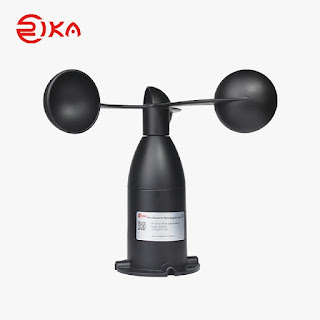How to Read an Anemometer
Anemometers are utilized to gauge either wind speed or gaseous tension, contingent upon the style of anemometer. The most recognizable structure, the cup anemometer, was imagined in 1846 by John Thomas Romney Robinson and highlights four hemispheric cups orchestrated at 90-degree points. Making this type of anemometer is a typical school science project, yet perusing it's anything but a touch of numerical ability.
Imprint one cup as the reference cup by painting it's anything but a piece of yarn to the pole to which it is appended.
Spot the anemometer sensor out in the wind. The cups are as of now organized to get the breeze.
Figure the distance the reference cup will make a trip to rotate around the pivot once by taking the length of its bar from the hub, multiplying it and increasing by the worth of pi. (This is the recipe for discovering the boundary of a circle from its span.) Convert this distance to either feet or meters for accommodation.
Tally the occasions the reference cup makes a total upset around the pivot in a moment.
Duplicate the distance went in one unrest by the occasions the reference cup rotated around the pivot. This will deliver an inexact wind speed in feet each moment or meters each moment.
Convert this worth to remove each hour by increasing by 60. In the event that the distance is estimated in feet, partition by 5,280 to deliver a rough wind speed in miles each hour. In the event that the distance is estimated in meters, partition by 1,000 to create a surmised wind speed in kilometers each hour.



Comments
Post a Comment